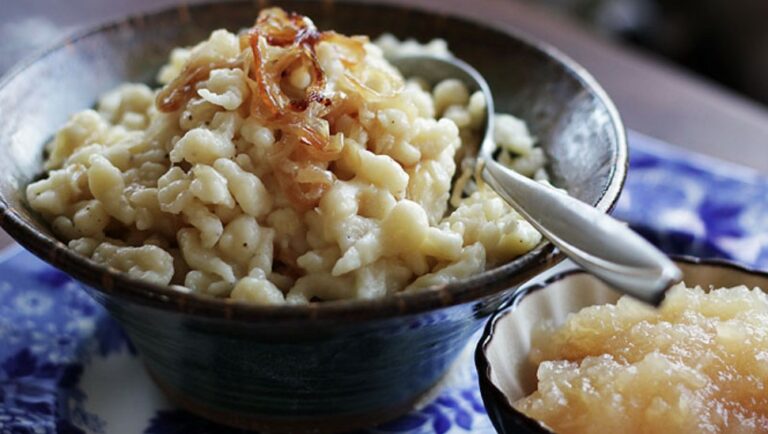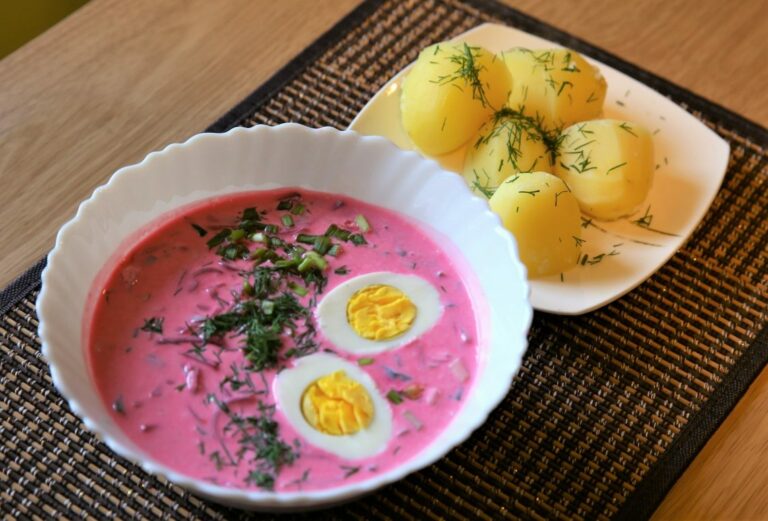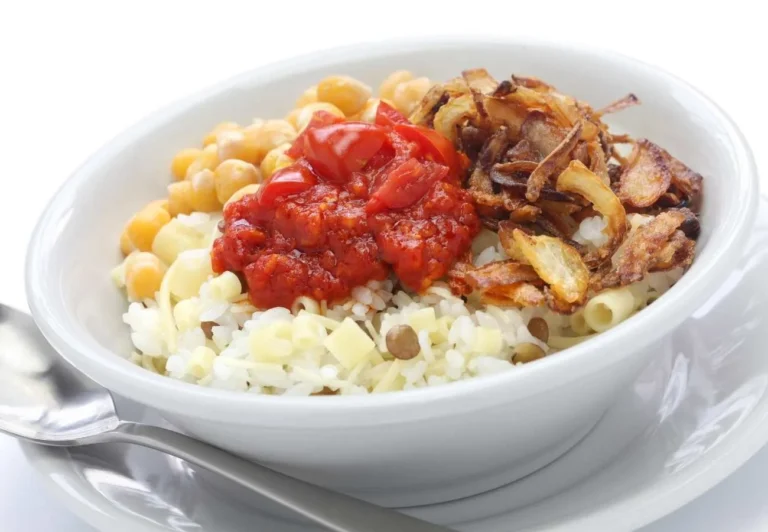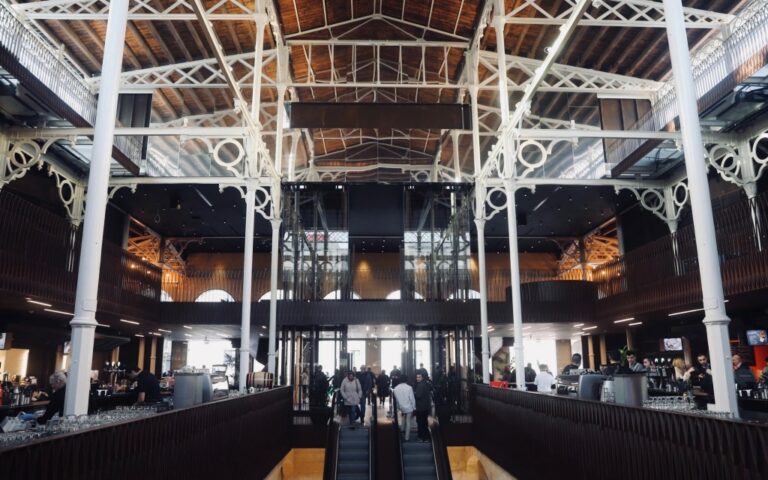Introduction: Exploring Liechtenstein’s Culinary Heritage
Liechtenstein, a small principality nestled in between Switzerland and Austria, boasts a rich cultural heritage that is evident in its cuisine. Although the country’s traditional crafts and arts are well-known, the influence of these art forms on Liechtenstein’s cuisine may not be as apparent. In this article, we will explore the connection between Liechtenstein’s traditional crafts and arts and its culinary scene.
Liechtenstein’s Traditional Crafts and Arts
Liechtenstein’s traditional crafts and arts are diverse and reflect the country’s history and cultural identity. Some of the most well-known art forms include pottery, wood carving, embroidery, and glass blowing. These art forms have been passed down from generation to generation, and many Liechtensteiners still practice them today. In addition, Liechtenstein is also famous for its music, folk dances, and costumes, all of which contribute to the country’s cultural heritage.
The Influence of Traditional Crafts on Liechtenstein’s Cuisine
Liechtenstein’s traditional crafts and arts have had a significant influence on its cuisine. For example, pottery has inspired the use of clay pots to cook and serve dishes like the traditional “Kohlsuppe” (cabbage soup). Wood carving has influenced the design of wooden utensils used in the kitchen, and the intricate embroidery patterns have been replicated on tablecloths and napkins. Similarly, glass blowing has resulted in the creation of unique glassware used in the presentation of Liechtenstein’s culinary specialties.
The Role of Local Ingredients in Liechtenstein’s Culinary Scene
Liechtenstein’s culinary scene is also influenced by the availability of local ingredients. Due to the country’s small size, Liechtensteiners often rely on ingredients that are locally sourced, such as cheese, meat, and potatoes. These ingredients are often used in traditional dishes like “Käsknöpfle” (cheese dumplings) and “Ribel” (polenta). In addition, Liechtenstein’s location in the Alps has resulted in the incorporation of game meats like venison and wild boar into its culinary scene.
Popular Dishes that Reflect Liechtenstein’s Cultural Heritage
Some of the most popular dishes that reflect Liechtenstein’s cultural heritage include “Käsknöpfle,” “Ribel,” “Kohlsuppe,” and “Geschnetzeltes” (a meat dish served with a creamy mushroom sauce). These dishes are often served in traditional pottery or on wooden plates, and are accompanied by local wines and beers. In addition, Liechtenstein’s pastry-making traditions have given rise to delicious desserts like “Krapfen” (a sweet, fried dough) and “Torte” (a layered cake).
Conclusion: Celebrating the Fusion of Art, Culture, and Cuisine in Liechtenstein
In conclusion, Liechtenstein’s traditional crafts and arts have had a significant influence on its cuisine. The use of local ingredients, along with the incorporation of traditional art forms, has resulted in a culinary scene that is both unique and reflective of Liechtenstein’s cultural heritage. By celebrating the fusion of art, culture, and cuisine, Liechtensteiners are able to preserve and share their traditions with the rest of the world.





